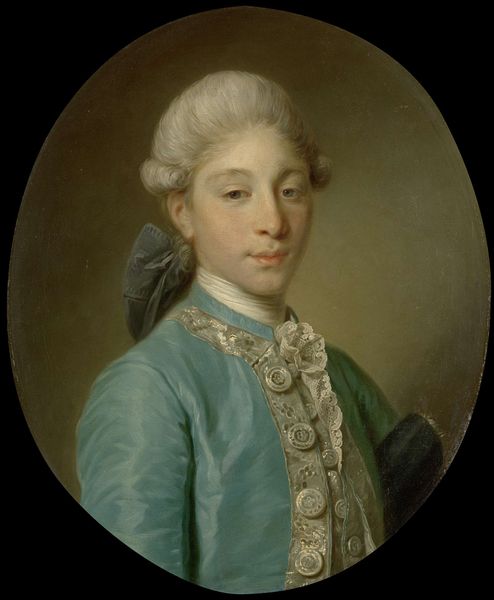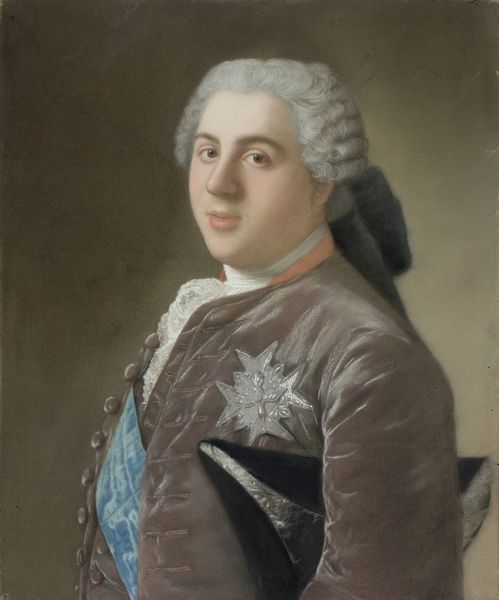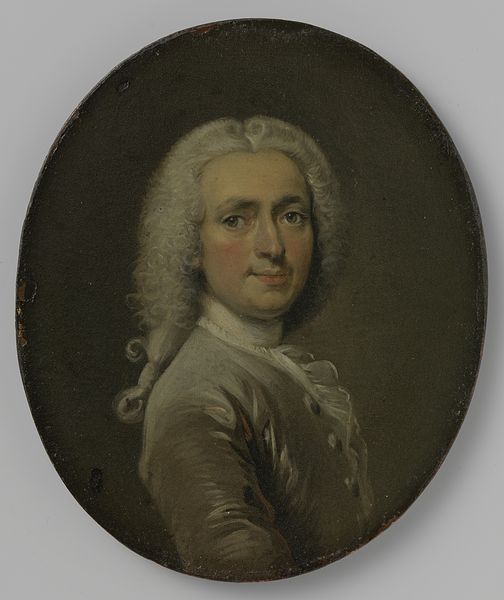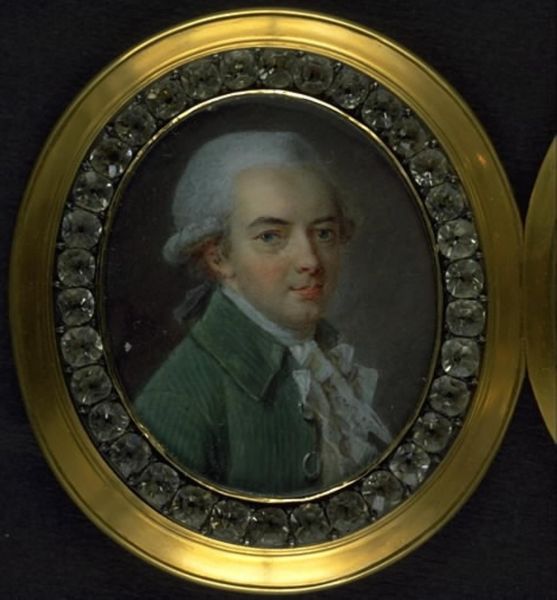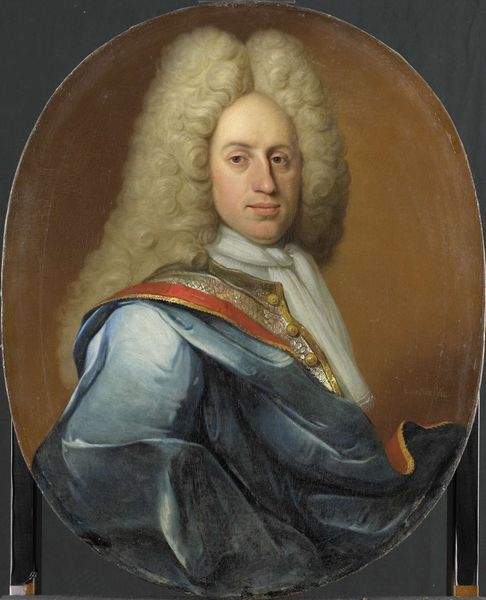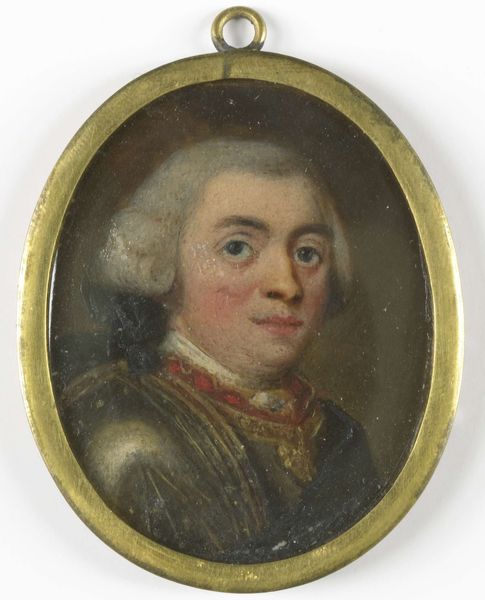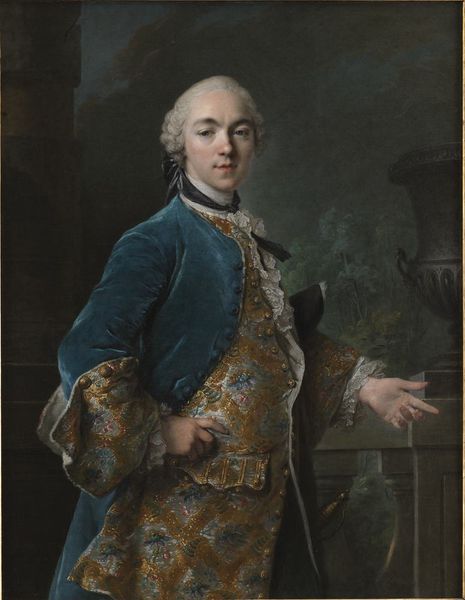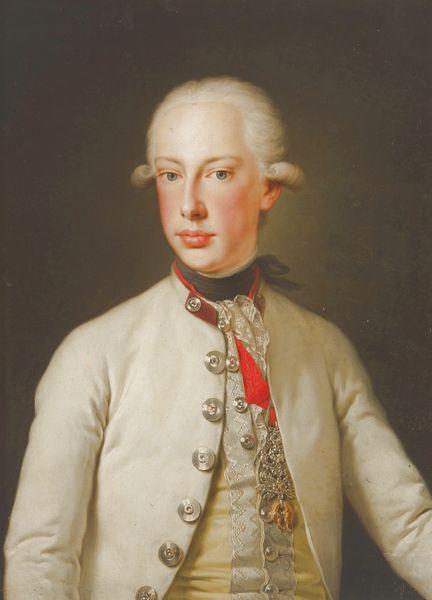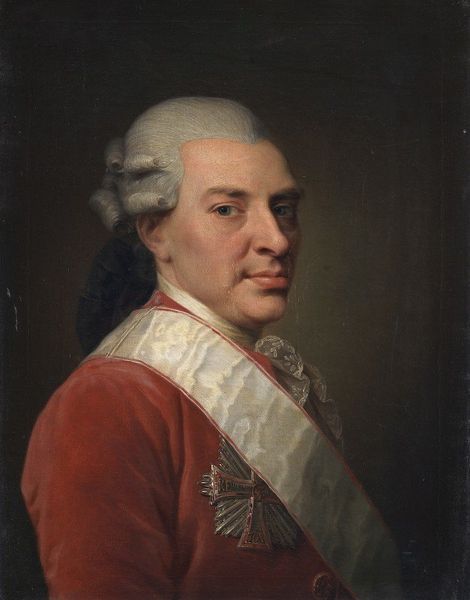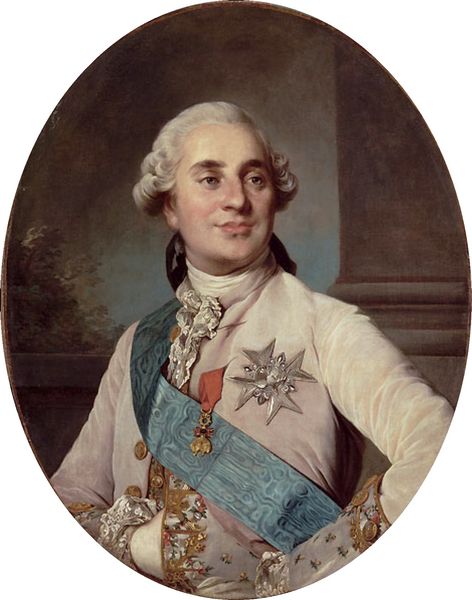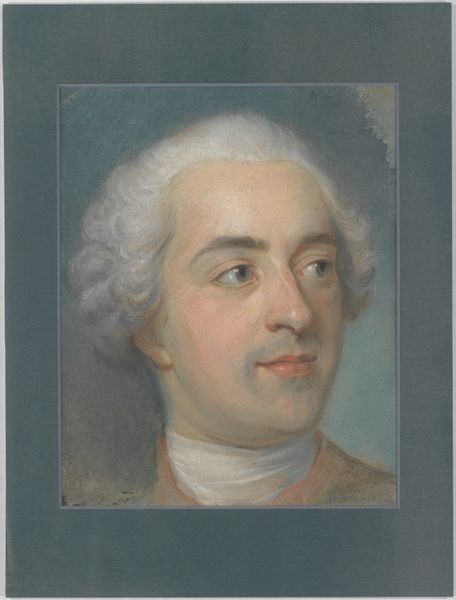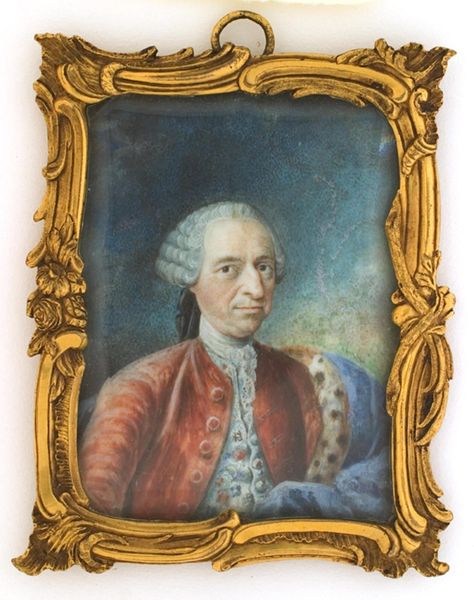
Copyright: Public Domain: Artvee
This is Jens Juel's portrait of Frederik Hauch, painted in the late 18th century. Notice the delicate lace at his neck – a symbol of status and refinement during the Enlightenment, when the aristocracy were concerned with matters of elegance. This adornment has roots stretching back to ancient civilizations, reappearing in various forms throughout history. From the ruffs of the Renaissance to the jabots of the Baroque era, lace has been a persistent marker of social standing. The subtle, psychological impact of such details cannot be overstated; they elicit feelings of admiration and aspiration. But let us consider the cyclical nature of fashion and its symbolic weight. Today, lace appears in modern couture, carrying echoes of its past while being reimagined with new meanings. Like the ancient symbols unearthed from forgotten ruins, lace resurfaces, transformed yet still connected to its origins, a testament to our enduring fascination with status, beauty, and the complex interplay of memory and desire.
Comments
No comments
Be the first to comment and join the conversation on the ultimate creative platform.
